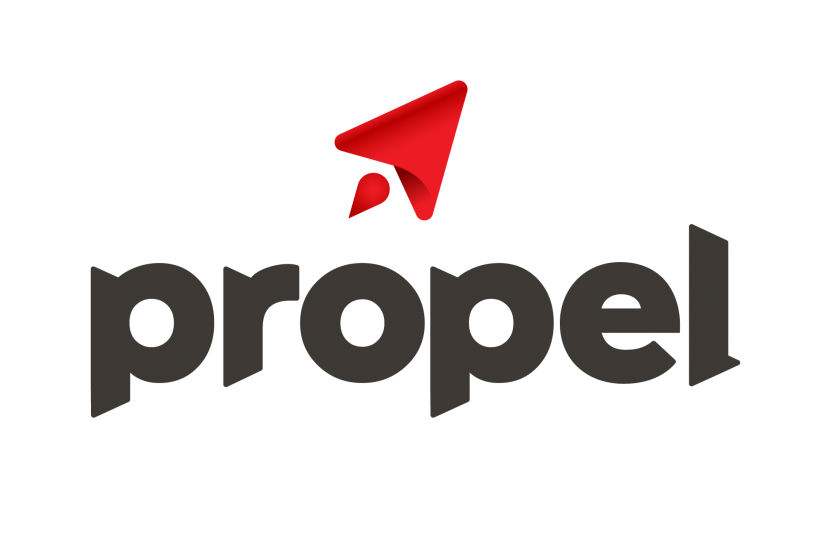When former Olympian Julia Rivard, the CEO of Halifax web design company Norex, wanted to help elite athletes raise money, she and her business partner Leah Skerry developed and launched Pursu.it, a crowdfunding site for athletes.
That was the autumn of 2012. Less than a year later, Norex incubated a second product, Hashpi.pe, which allows a unified display of hashtags across a range of social media channels. By this time, Pursu.it had become a not-for-profit, but there was a business opportunity to launch the crowdfunding engine as a separate business, which they did, calling it Swell.
Now it’s working with Dalhousie University on the development of Eyenovation, an eye-tracking software that assesses and aids children’s reading. It’s an incredible output of products for a company whose main business is web design.
“For years we wanted this to happen, but it didn’t happen until we put a structure around it,” said Rivard in an interview, referring to the development of new products. “So we started to structure in innovation time . . . to make sure that 20 percent of our staff was working on innovation.”
Norex has been a new product factory in the past two years, with some of these products spinning out into new companies. It is really part of a trend taking place in Atlantic Canada – the trend of launching new startups.
Of the 260 or so startups now active in Atlantic Canada, 67 have been founded since Jan. 1 2013, and a further 48 were formed in 2012. One of the most striking features of the startup community today is the rapid pace at which companies are forming.
As you might expect, some of these companies are still at the two-dreamers-in-a-garage stage – teams with an idea, a bit of development work, and a lot of mentorship. But the data produced by Entrevestor’s recent survey of startups across Atlantic Canada shows that some of these rookies are making tremendous progress in their first year.
First of all, they are employing people. The 67 companies formed in 2013 reported that they now have 104 paid positions. The companies that responded to the survey indicated they intend to hire 164 people in 2014.
Not all companies were willing to share sensitive material such as payroll data. However, of the companies formed last year, 17 shared their total payroll and eight of these had a total payroll of more than $100,000. The average payroll of those companies was $128,000.
Second, many of the companies that are just starting off already have revenue. Not everyone wanted to reveal revenue, and many of the new companies admitted – as you’d expect – that they didn’t bring in a dime in revenue last year. But 17 companies did indeed report some revenue, ranging from a few thousand dollars to $200,000. And a total of 17 companies said they either expect their first revenue in 2014 or that their sales will rise this year. For example, one company with no revenues in 2013 is forecasting sales of $3 million this year.
Third, many of the new companies have raised equity financing. They have raised at least $7.2 million in capital, of which $3.4 million was venture capital. Most of them are leveraging the investment through programs like the Atlantic Canada Opportunities Agency’s Business Development Program.
Here’s one final interesting tidbit about the Class of 2013. Of the companies formed last year that responded to the survey, 55 percent were founded by people who had been involved previously with other startups. And most of those previous startups had raised funds. What that means is that the community is establishing a critical mass of personnel with experience in launching companies, which certainly bodes well for future growth.
For Rivard, the creation of new companies goes beyond stats about fund-raising and revenue and strikes to the heart of keeping the development community in the region and involved in stellar products.
“For our team, it’s really about keeping them inspired,” said Rivard. “For young developers, if you give them a project that can shoot to the moon, they get really excited. We all do.”
This article appears in the Entrevestor Intelligence report, which we published last week. The complete report is available here.









